Emphasis on Safety and Compliance
Safety and compliance regulations are pivotal drivers in the Temperature Transmitter Market. Industries are mandated to adhere to stringent safety standards, necessitating the use of reliable temperature measurement devices. This requirement is particularly pronounced in sectors such as food and beverage, pharmaceuticals, and energy, where temperature control is critical to product quality and safety. Regulatory bodies often stipulate specific guidelines for temperature monitoring, thereby increasing the demand for compliant temperature transmitters. As industries prioritize safety and regulatory adherence, the market for temperature transmitters is expected to grow steadily, with estimates suggesting a growth rate of around 4.5% in the coming years.
Rising Demand in Process Industries
The Temperature Transmitter Market experiences a notable surge in demand from process industries such as oil and gas, chemicals, and pharmaceuticals. These sectors require precise temperature measurements to ensure operational efficiency and safety. As industries increasingly adopt automation and advanced monitoring systems, the need for reliable temperature transmitters becomes paramount. According to recent data, the process industries account for a substantial share of the temperature transmitter market, with projections indicating a compound annual growth rate of approximately 5.5% over the next few years. This growth is driven by the necessity for accurate temperature control in various applications, thereby enhancing productivity and reducing operational risks.
Growing Focus on Industrial Automation
The Temperature Transmitter Market is significantly influenced by the growing focus on industrial automation. As manufacturers strive to enhance efficiency and reduce costs, the integration of automated systems becomes essential. Temperature transmitters are integral components of these systems, providing critical data for process control. The increasing implementation of Industry 4.0 principles, which emphasize smart manufacturing and interconnected devices, further propels the demand for advanced temperature measurement solutions. Market analysis suggests that the industrial automation sector will contribute to a substantial portion of the temperature transmitter market, with an anticipated growth rate of approximately 7% over the next few years.
Increasing Investment in Renewable Energy
The Temperature Transmitter Market is also benefiting from the increasing investment in renewable energy sources. As the world shifts towards sustainable energy solutions, the demand for temperature measurement in renewable energy applications, such as solar and wind power, is on the rise. Accurate temperature monitoring is essential for optimizing the performance and efficiency of renewable energy systems. The expansion of renewable energy projects is likely to drive the need for advanced temperature transmitters, contributing to market growth. Projections indicate that the renewable energy sector could account for a significant share of the temperature transmitter market, with an expected growth rate of approximately 5% over the next few years.
Technological Advancements in Measurement Solutions
Technological advancements play a crucial role in shaping the Temperature Transmitter Market. Innovations such as wireless communication, digital signal processing, and integration with IoT platforms are transforming traditional temperature measurement methods. These advancements not only improve accuracy but also facilitate real-time monitoring and data analysis. The introduction of smart temperature transmitters, which can communicate with other devices and systems, is expected to drive market growth. As industries seek to enhance their operational capabilities, the adoption of these advanced measurement solutions is likely to increase, contributing to a projected market expansion of around 6% annually in the coming years.

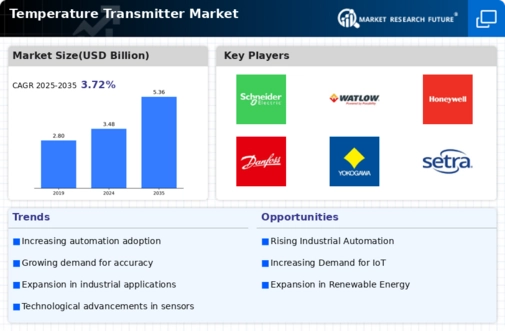
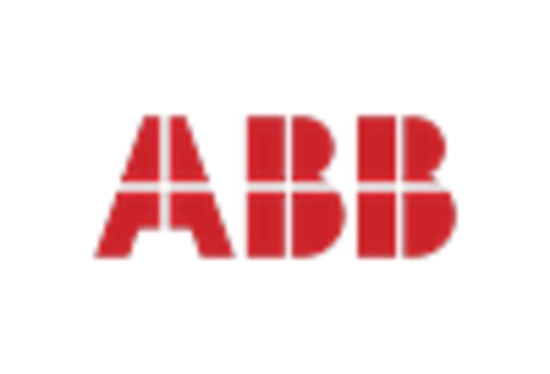
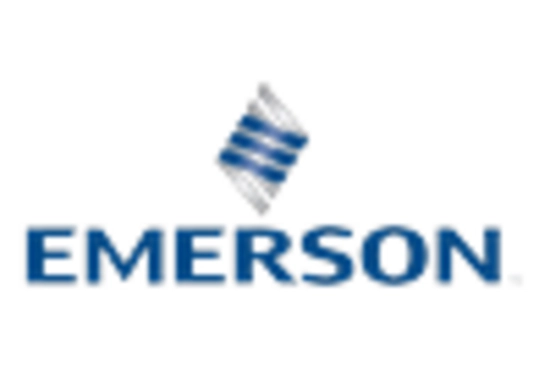
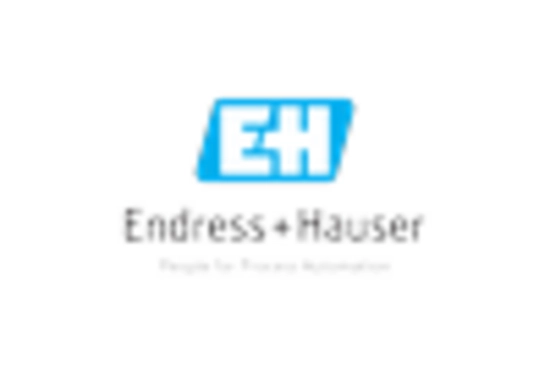

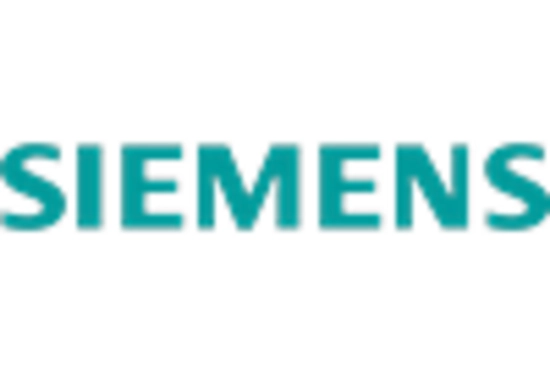
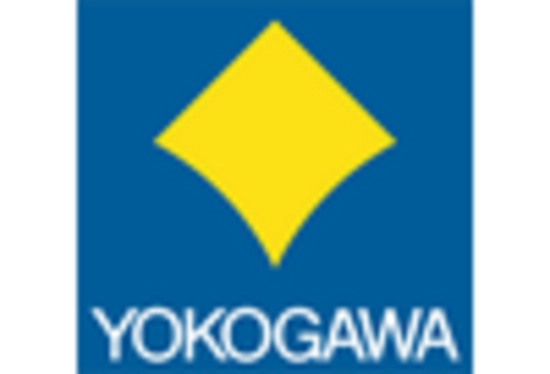








Leave a Comment